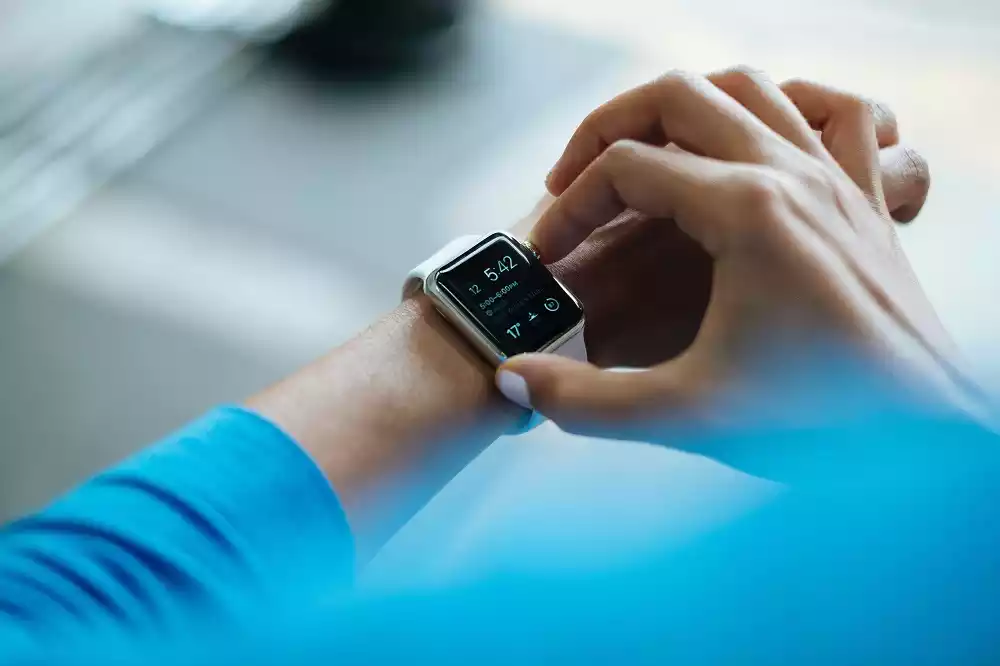Apple is Reportedly Working on a Glucose Monitor for the Apple Watch

Apple is reportedly closer to bringing blood glucose monitoring to the Apple Watch
Apple has been exploring the idea of integrating a noninvasive glucose monitor into its Apple Watch for several years. Recent reports suggest that the company has made progress towards this goal.
According to Bloomberg, anonymous sources reported that Apple’s highly secretive Exploratory Design Group (known internally as XDG) has been working on the technology for years. In 2010, Steve Jobs directed Apple to buy noninvasive blood glucose monitoring startup RareLight to bring its technology to mobile devices. This effort has been squared away internally at Apple through project codenames and distinct employee badges.
Reports suggest that the company has managed to shrink the system to the size of an iPhone, but Apple wants to integrate the technology into the Apple Watch. Most continuous glucose monitors currently on the market rely on a tiny sensor inserted under the skin, which can be inconvenient and costly for some users. By integrating a continuous glucose monitor (CGM) into the Apple Watch, Apple could revolutionize diabetes care and make monitoring blood glucose levels more accessible and affordable. Speculation suggests that Apple is using optical spectroscopy and silicon photonics for the technology. A chip could output lasers into one’s skin and sensors would read the concentration of light to know how much glucose is present.
The potential benefits of an Apple Watch with a built-in glucose monitor are significant. For starters, it would eliminate the need for pinprick-style sensors and frequent transmitter replacements, which can be expensive and uncomfortable. CGMs cost anywhere from $100 to $1,000, while Apple Watches start at $249. Even if Apple were to make the CGM exclusive to its most expensive Ultra model, at $799, its monitor would not require regular replacements. Additionally, the monitor could alert prediabetic users to changes they could make to prevent adult-onset diabetes, a potentially life-changing feature.
Another advantage of integrating a glucose monitor into the Apple Watch is that it would work alongside other elements of a person’s Apple ecosystem, such as their iPhone or iPad. This could make it easier for users to track their glucose levels and share that information with their healthcare provider.
There are likely many regulatory hurdles that Apple would need to clear before bringing such a device to market. However, if Apple does manage to bring a glucose monitor to the Apple Watch in the next few years, it could be a game-changer for diabetes care. By making monitoring more convenient and affordable, Apple could help millions of people better manage their diabetes and potentially prevent the onset of Type 2 diabetes in others.



